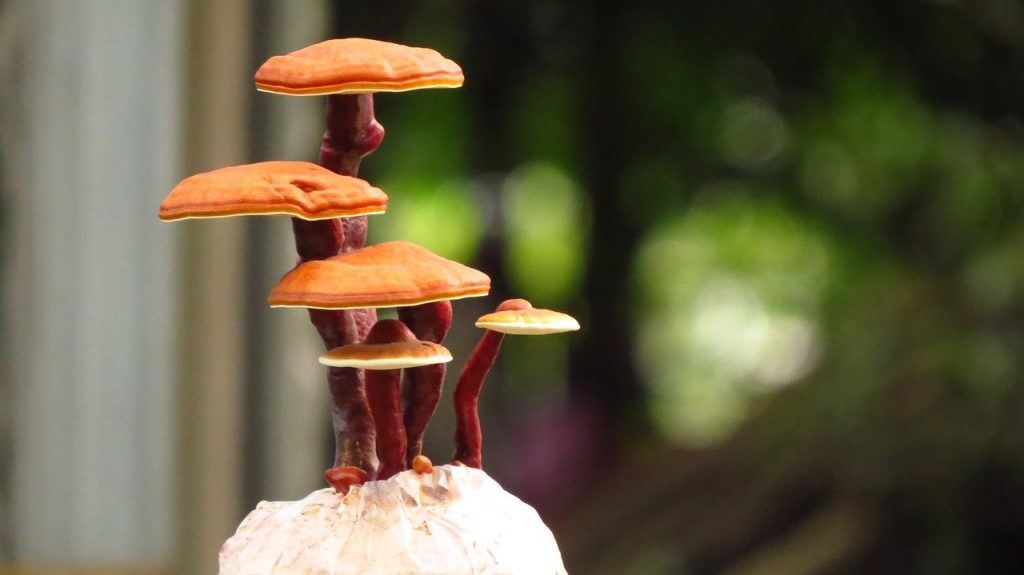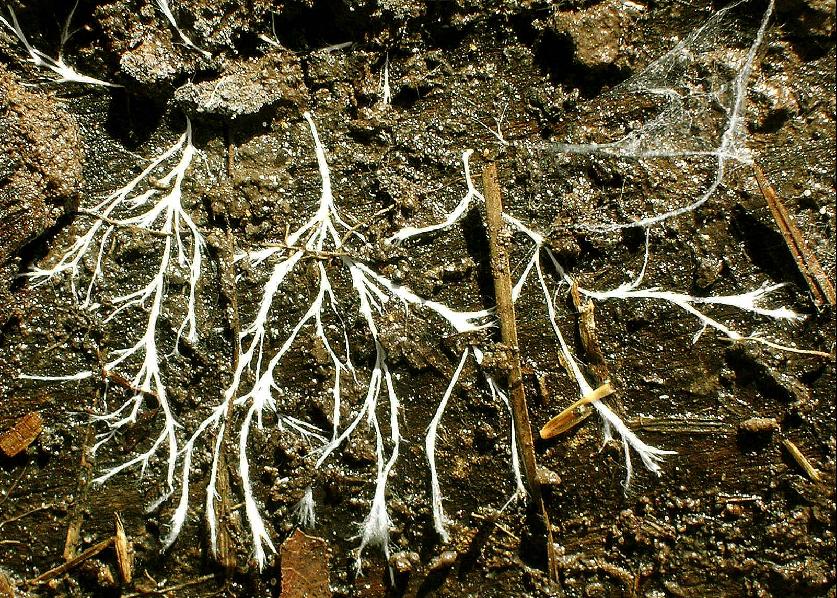When you think of the mushroom species Ganoderma lucidum, more commonly referred to as Reishi, what do you think of? A delicious food? A health fad? Well it may surprise you to know that beyond everyday consumption, Reishi mushrooms have a high potential for impacting our atmospheric conditions. A recent study done by researchers at the University of Minnesota examines certain fungus’ ability to capture and filter methane, and its impact on the current climate crisis.

Reishi Mushrooms. Source: Pixabay
Why is methane a problem?
Methane, a greenhouse gas, is one of many chemicals that contributes to the rise of global temperatures. It has many sources, both biological and man-made, the most common being agricultural practices, wetlands, and transportation of coal and natural gas. While most research is being done to reduce carbon dioxide emissions (another problem greenhouse gas), it is just as important to address methane emissions. In the first two decades of release, methane can be up to 84% more potent than carbon dioxide. The potency of the gas directly relates to how much heat is being trapped in the atmosphere. Methane is incredibly effective at absorbing heat, which is what makes the chemical so detrimental to atmospheric conditions.
How do Reishi mushrooms help?
While there are currently other organisms that can break down methane, removing it from the atmosphere, there is one critical way that Reishi stands out:
In order for Reishi to degrade methane, the gas does not need to travel through any kind of biofilm (a layer of bacteria or other organisms), which decreases the total time needed for degradation.
The cells that make up fungal structures, called hyphae, are able to extend and grow deep within the soil and other environments. When nutrients are detected, they travel through the hyphae until the desired location with the fungus is reached. There is a specific special protein, called hydrophobins, which is found on the exterior of the hyphae, and is responsible for trapping gases (such as methane). Once trapped, the gas is transported within the fungus and is degraded as needed.
The following video is a great introduction to general fungi (mushroom) structure and function (Source – Don’t Memorize):
The researchers who conducted the study found that Reishi mushrooms that are grown outside of the soil have a better removal rate, compared to those in the soil, where natural microbes may out-compete the mushrooms for nutrients. Shockingly, the researchers found that even dead fungi had some function at removing methane from the surrounding air.

Hyphae. Source: Wiki Commons
It may not be fair to say that if we all go out and plant some Reishi mushrooms, the climate crisis will be solved tomorrow – but since there are so many personal benefits beyond environmental impact, there are no downsides to doing so! While there is still a need for more research to be completed, it can be comforting to know that there are solutions to global warming that can come from the most unlikely places.
– Madeline Filewych
